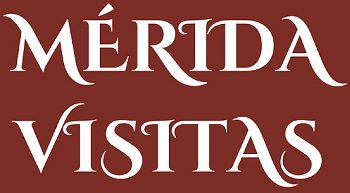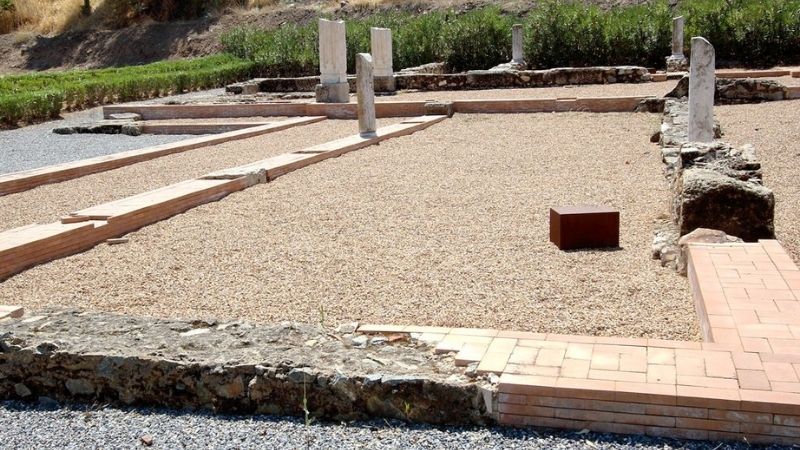
In the rich historical tapestry of Mérida, the Xenodoquium is a thread often overshadowed by more renowned monuments such as the Roman Theater or the Acueducto de los Milagros (Aqueduct of Miracles). Nevertheless, its significance in the history of hospitality, medicine, and religion is undeniable.
Historical Context
Constructed during the second half of the 6th century under the guidance of Bishop Mausona, the Xenodoquium mirrored the cultural and religious zenith of Mérida at that time.
Located near the basilica of Santa Eulalia, the Xenodoquium served both as a shelter for pilgrims and a hospital for the local needy.
Its establishment marked a turning point in Mérida’s urbanism, which had already been undergoing significant changes since the acceptance of Christianity as the primary religion of the Roman Empire in the 4th century.
Architecture and Design

The Xenodoquium boasts a rectangular layout with a semi-circular apse, which was likely used for liturgical purposes.
The building was divided into two wings: one for the shelter and another for the hospital, each organized around an interior porticoed courtyard.
The architectural design reflects influences from the eastern Mediterranean and elements of Byzantine architecture, which is unsurprising since several bishops of Mérida hailed from Greece.
The building was erected over a preceding Roman necropolis, repurposing some of its construction materials.
Despite the almost complete dismantling of the building during the Islamic period, excavations in the 1990s provided a fuller understanding of the layout and spatial organization of the structure.
Some of the unearthed marble pillars feature engravings of vines and clusters, symbols of the Eucharist.
Social and Cultural Importance
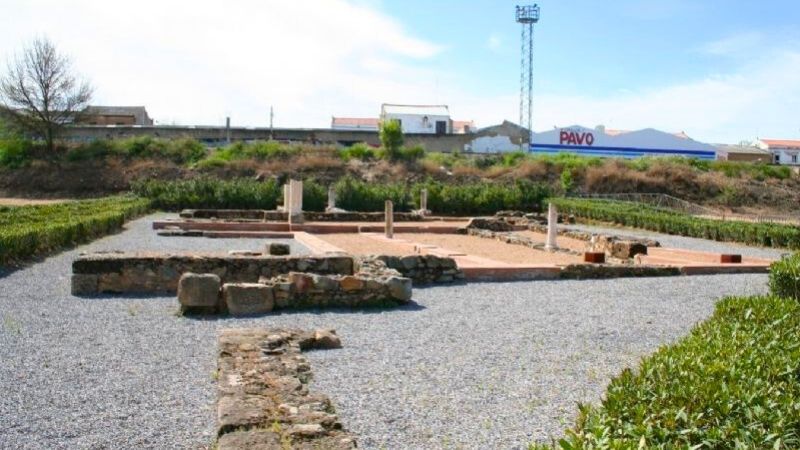
The Xenodoquium is an exemplary testament to how the Church took on the responsibility of caring for the poor, sick, and travelers, a tradition originating in ancient Greece and sustained during the Roman era.
Furthermore, it underscores Bishop Mausona’s role as one of Mérida’s most influential figures of his time. His contribution to the community transcended the purely spiritual, also encompassing social and medical facets.
Religious Context
With growing devotion to Santa Eulalia, Mérida became a significant pilgrimage destination for people from all over the Iberian Peninsula and beyond.
The Xenodoquium, alongside the basilica of Santa Eulalia and other neighboring buildings, was part of an architectural complex devoted to the saint’s worship, which also incorporated monasteries and schools.
The Xenodoquium remained operational for about three hundred years, up until the end of the 9th century, underscoring its relevance in the Emeritan community.
Current State and Legacy
Although much of the building has been dismantled and now lies beneath the railway tracks connecting Mérida to Madrid, the excavated area has been transformed into a landscaped space adjacent to a residential zone.
This area is cherished and valued by the locals, keeping the memory of this monument alive in the community’s heart.
More of Merida’s historical heritage
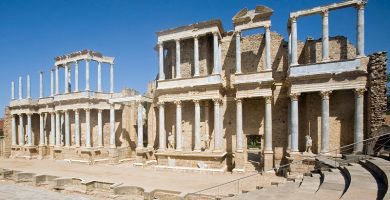
Roman Theater of Merida
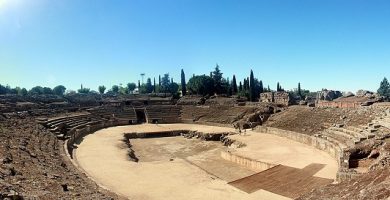
Mérida Roman Amphitheater
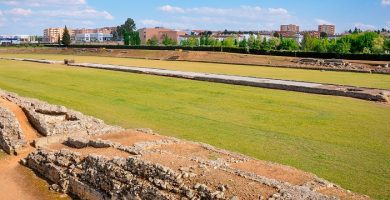
Roman Circus of Merida
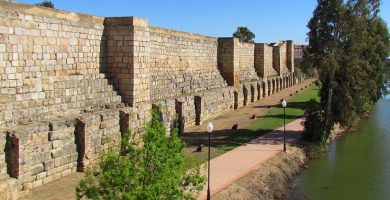
Moorish Alcazaba of Merida
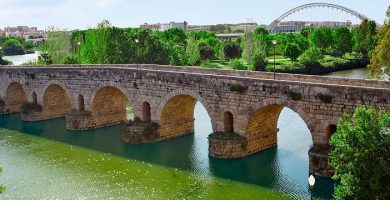
Roman Bridge of Merida over the Guadiana river
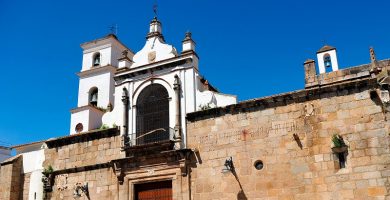
Co-cathedral of Santa María la Mayor of Mérida
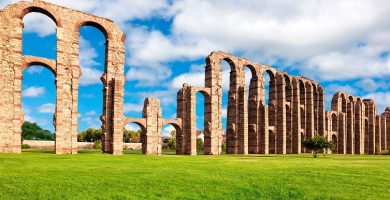
Los Milagros de Merida Aqueduct
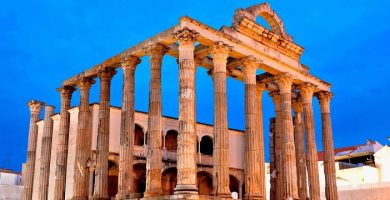
Roman Temple of Diana in Mérida
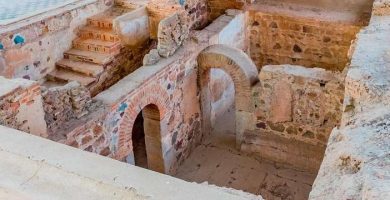
Casa del Mitreo House in Mérida
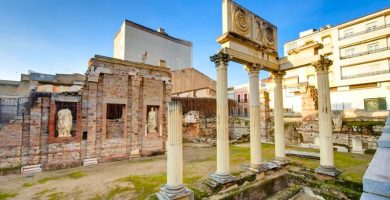
Portico of Merida’s Municipal Forum
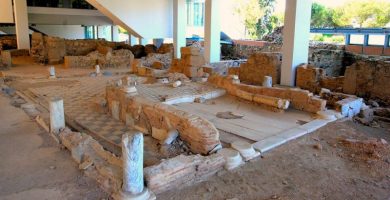
Morería de Mérida Archaeological Site

Plaza de España in Mérida
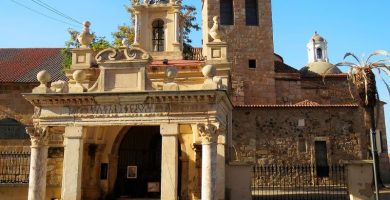
Basilica of Santa Eulalia in Mérida
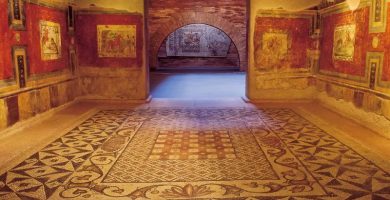
National Museum of Roman Art of Mérida
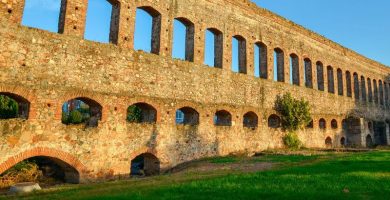
San Lázaro Aqueduct in Mérida
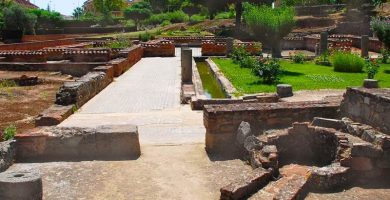
Merida Amphitheater House
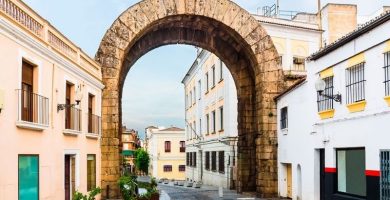
Trajan’s Arch of Mérida
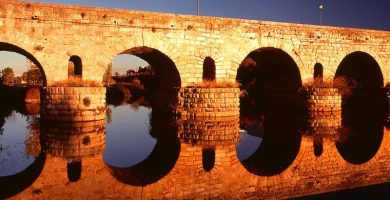
Roman Bridge over the Albarregas
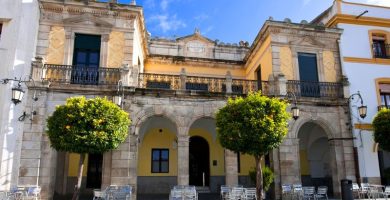
Círculo Emeritense in Mérida
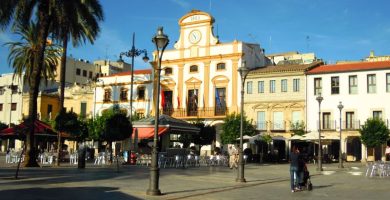
Mérida City Hall
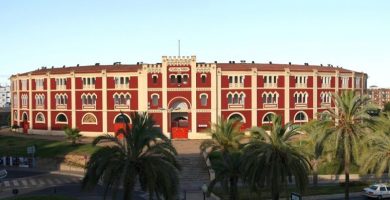
Bullring of Mérida
